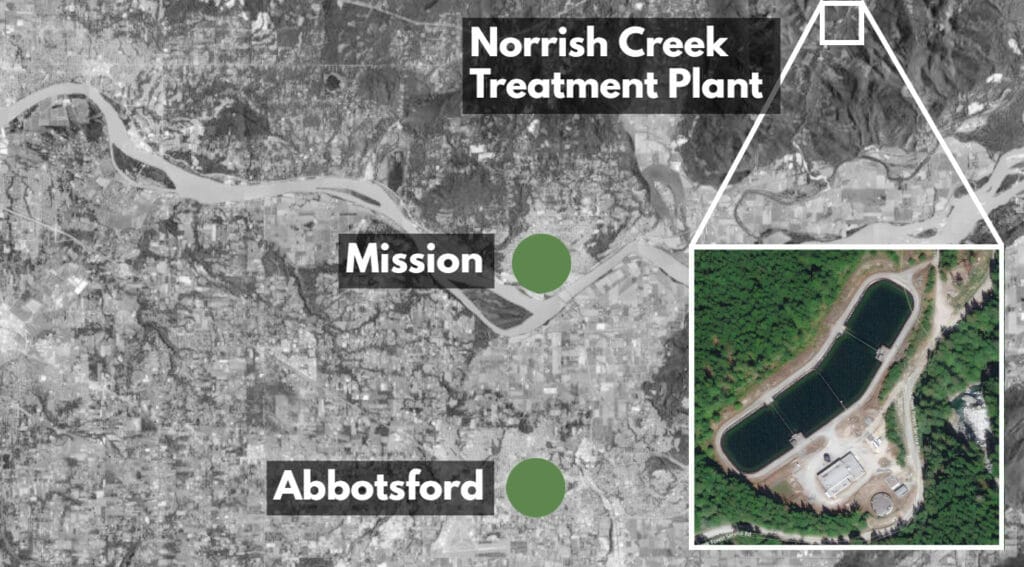- Fraser Valley Current
- Posts
- November landslides quietly knocked out Abbotsford & Mission water source
November landslides quietly knocked out Abbotsford & Mission water source
Timing of slide allowed taps to stay on after access road was blocked for eight weeks.

Last November’s landslides quietly knocked out Mission and Abbotsford’s main drinking water source for nearly two months, with officials saying that only the timing of the disaster to thank for keeping the two communities’ taps running.
The event may have not been noticed by the broader public, but it has left Abbotsford officials concerned about the ability of the water supply to survive a future disaster. The slide and its potential consequences were it to have occurred at a different time of year has led the city to include requests for $77 million in funding for an improved water supply in its post-disaster recovery pleas to senior levels of government.
Abbotsford and Mission are on the same joint system and get most, but not all, of their water from the Norrish Creek water treatment plant and Dickson Lake. The treatment plant is located eight kilometres up a narrow valley.
When heavy rains caused landslides across BC In November, some of those occurred near the plan, city staff told The Current in an email. The slides left rock debris covering the Norrish Creek plant’s water system intake and blocked the service road to the facility.
The plant was offline for about eight weeks. During that time, Abbotsford and Mission residents were able to use water from Cannell Lake and several groundwater wells. But that was only possible because of the wet weather that followed the landslides.
If slides happened in the late spring, preceding warmer, drier weather, the situation could have been much worse, with 85% of the water to both communities usually coming from the Norrish Creek plant.

A City of Abbotsford video from 2019 shows the various parts of the treatment process. This map shows the main components of the process.
Abbotsford and Mission have recently been exploring the need to add an additional source to provide water for the two communities’ growing population. And with Abbotsford staff turning their focus on the post-flood recovery, they say the landslides also show that a new supply is also needed to add necessary redundancies to protect the water system against future “environmental and climactic risks.”
That has led staff to request funding for water improvements as part of its overall post-disaster recovery plan. The city had previously indicated a preference for a collector well, but has recently moved to seek money to create a new field of groundwater wells south of the Fraser River.
Those plans have been focused on increasing the supply of water to meet the demands of two quickly growing cities. But city officials now say they would also boost the resiliency of the local water system in the event of a future disaster. For Abbotsford in particular, it would increase the amount of drinking water sourced within city limits—although the amount of water that can be obtained from the planned wells would still not meet the total demand of a city with a population exceeding 150,000.
Reply